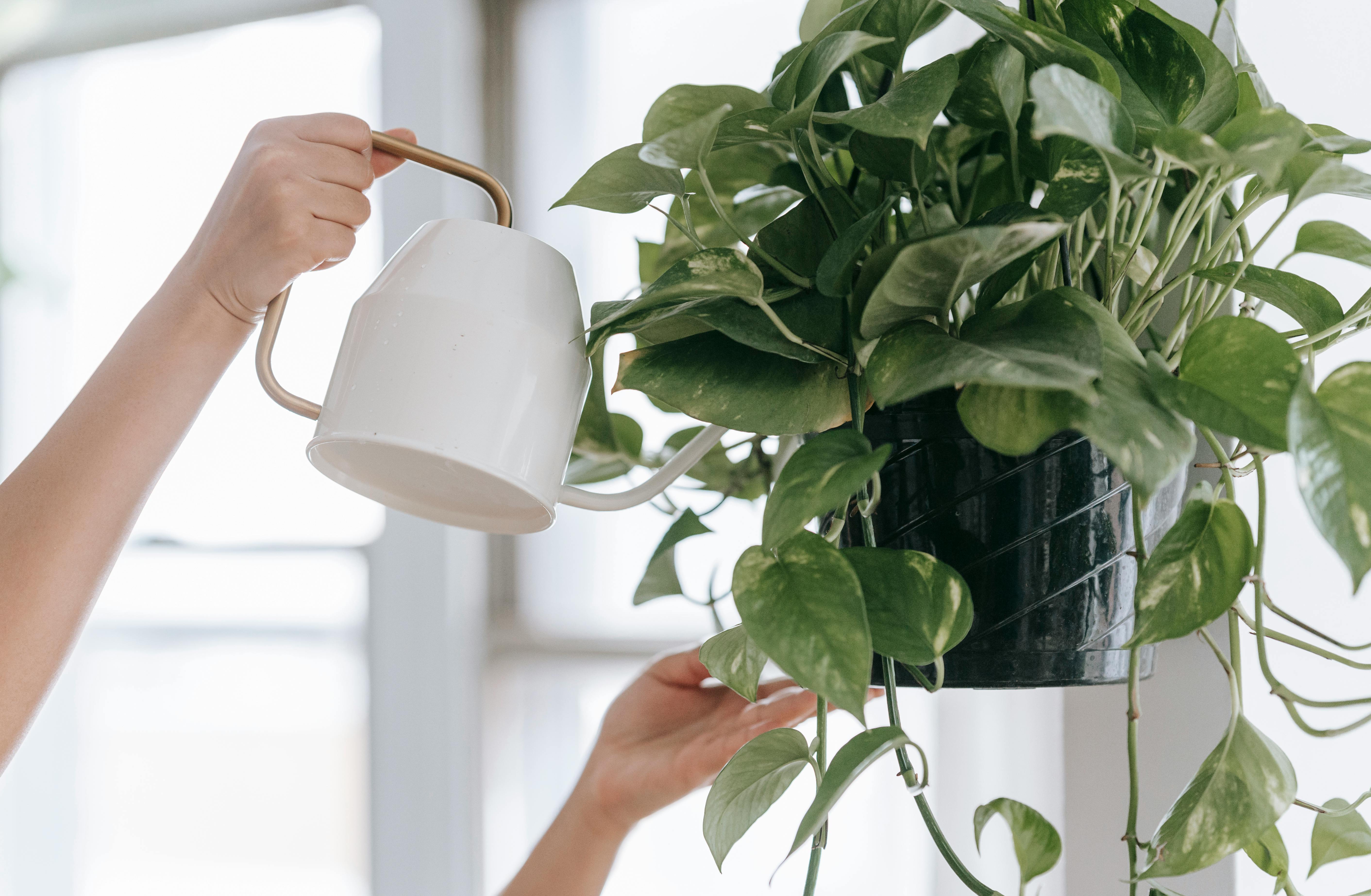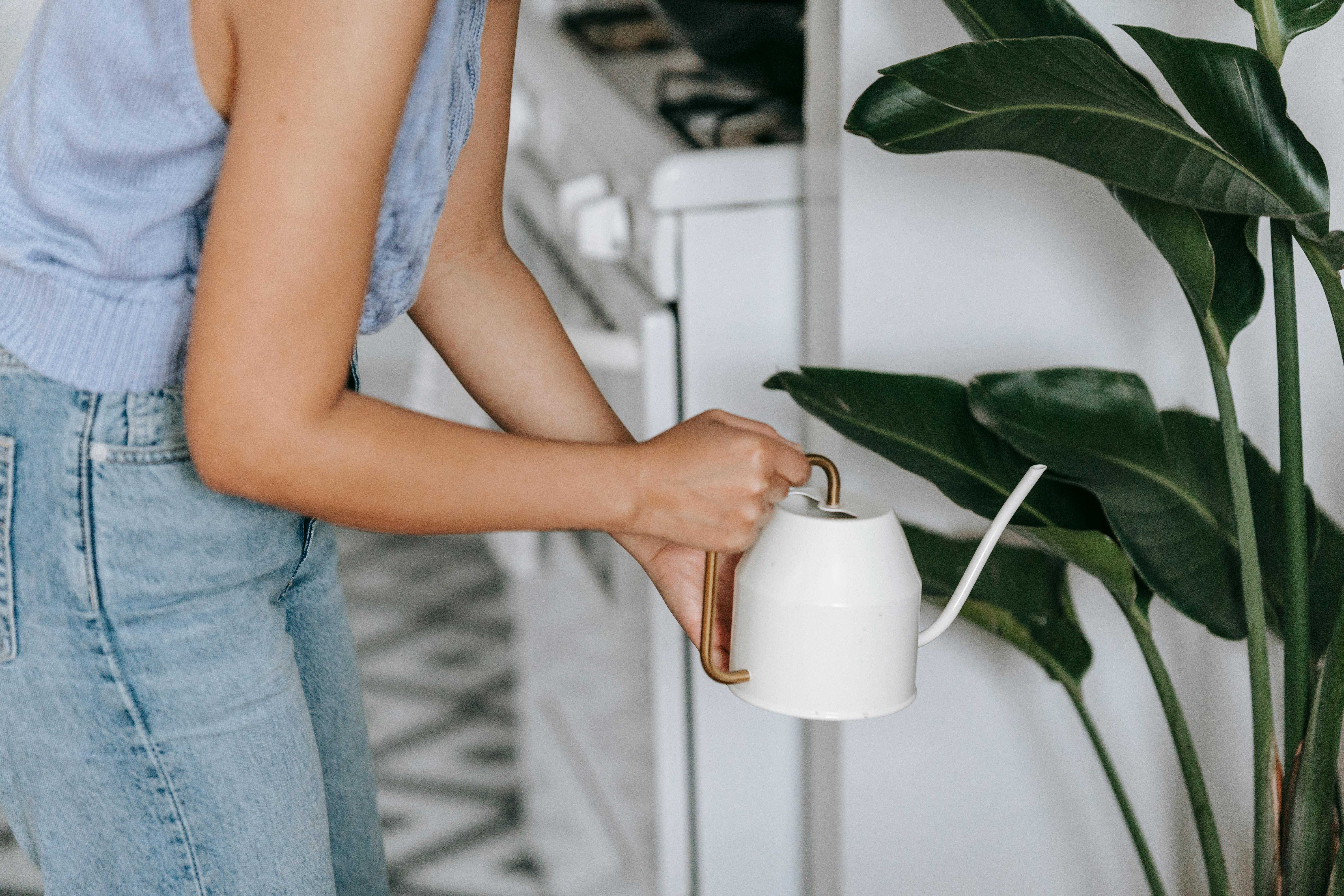Distilled water is a type of water that has been purified and has had all of its impurities removed. It is often used in laboratories, medical settings, and industrial processes. Distilled water can also be used in the home for drinking, cooking, and other household uses. The process of making distilled water at home is relatively simple and cost-effective, making it an attractive option for those who are looking for a reliable source of purified water. In this article, we will discuss how to make distilled water at home and the benefits of doing so.Making your own distilled water at home is a relatively simple process. You will need a large pot, a metal or glass bowl that can fit inside the pot without touching the bottom, and some ice. Here is how to make distilled water:
1. Fill the pot halfway with tap water and bring it to a boil.
2. Place the bowl in the center of the pot and fill it with ice cubes. As the water boils, the steam will condense on the bowl and drip down into it as distilled water.
3. Continue boiling until you have collected enough distilled water in the bowl to suit your needs.
4. When finished, turn off the heat and carefully remove the bowl from the pot using oven mitts or cloths to protect your hands from burns.
5. Pour your freshly-made distilled water into a clean container for storage and use as needed!
What Is Distilled Water and What Is It Used For?
Distilled water is water that has been purified to remove any contaminants, including minerals and other impurities. It is created through a process of boiling the water and then condensing the vapor back into a liquid. Distilled water is one of the purest forms of water available and it has many different uses.
One common use of distilled water is in medical settings. Hospitals and other medical facilities often use distilled water for sterile applications, such as in IV bags or for cleaning wounds. Distilled water can also be used in laboratories for scientific experiments because it does not contain any minerals or contaminants that could interfere with the results.
Distilled water is also used in household appliances such as steam irons, humidifiers, and coffeemakers. These appliances often require clean, mineral-free water in order to function properly. In addition, many people choose to drink distilled water because it does not contain any added chemicals or minerals that could be present in tap or bottled water.
Another popular use for distilled water is in car batteries. Car batteries need a specific type of fluid to ensure they remain charged properly and safely, which makes distilled water an ideal choice for this purpose.
Finally, distilled water can also be used to make certain alcoholic beverages such as vodka and gin as well as various essential oils used in aromatherapy. This ensures that these products are free from any impurities that could affect their flavor or scent.
Overall, distilled water has many different uses due to its purity and lack of contaminants or minerals present in other forms of water .
Overview of the Process of Making Distilled Water
Distilling water involves boiling it and then condensing the steam back into a liquid. The steam that is produced is pure water vapor, which does not contain any of the impurities found in the original water. The condensation process leaves behind all of the impurities, resulting in pure distilled water. This process can be done on a small scale or a large scale, depending on what you need the distilled water for.
To make distilled water on a small scale, you will need to fill a pot with tap water and place it over a heat source. Once it has come to a boil, attach a tube to the lid of the pot and run it into an ice-filled bowl or container. As the steam rises from the boiling water, it will condense into liquid form in the bowl or container. This condensed liquid is your distilled water.
On a large scale, you will need to use special distillation equipment. This equipment consists of tanks that are connected together by pipes and valves. The tanks contain hot and cold liquids, which are used to create steam and condense it back into liquid form. As steam rises from one tank, it is condensed in another tank and collected as pure distilled water.
Whichever method you use to make distilled water, it should be tested regularly for purity before use. This can be done using home testing kits or by sending samples to a laboratory for analysis.
Requirements for Making Distilled Water at Home
Making distilled water at home is a simple process that can be done with basic household items. You will need a large pot, an empty container, some ice cubes, and a wooden spoon. You will also need to have access to a source of clean drinking water. The process of distillation involves boiling the water and then capturing the steam as it condenses back into liquid. This will create pure distilled water that is free from contaminants and impurities.
To begin, fill the pot with enough clean drinking water to nearly reach the top of the pot. Place the pot on the stove and turn the heat to high. As the water begins to boil, add a few ice cubes to the top of the pot. This helps to create more steam and makes it easier for you to collect it as it condenses back into liquid form. Once you have added enough ice cubes, place a wooden spoon over the top of the pot so that it is slightly angled downwards towards your empty container.
The steam that rises from boiling water will then hit the wooden spoon and condense back into liquid form before dripping down into your empty container below. Once this process is complete, you should have collected enough pure distilled water for your needs. The remaining contaminated water can be disposed of safely after cooling down in accordance with local regulations.
Making distilled water at home is not only easy but also relatively inexpensive compared to buying bottled distilled water from a store. By following these simple steps, you can create your own pure distilled water in no time!
Step 1: Gather Your Materials
Before you can make distilled water, you’ll need to gather some materials. You’ll need a large pot, a glass bowl that will fit inside the pot without touching the bottom, and a source of heat. You’ll also need some ice cubes, and some kind of filtration system such as activated carbon or reverse osmosis filter cartridges.
Step 2: Fill the Pot with Water
Fill your pot with enough water to cover the top of your glass bowl when it is placed inside. Make sure not to fill it too much or your water will spill over when you put the glass bowl in. Once you have filled the pot with water, turn on your heat source.
Step 3: Place the Bowl in the Pot
Once your water has reached a rolling boil, carefully place your glass bowl into the middle of the pot. Make sure that it isn’t touching the bottom of the pot or any sides, as this could cause damage to your bowl or even cause a fire.
Step 4: Put Ice Cubes Around The Bowl
Once you have placed your bowl in the center of your boiling pot, take some ice cubes and place them around it. The ice cubes will help create condensation on the sides of your glass bowl that will then drip down into it. This is how distilled water is created!
Step 5: Add Your Filter System
Now that you have your pot boiling and your glass bowl surrounded by ice cubes, add in whatever type of filtration system you are using such as activated carbon or reverse osmosis filter cartridges. This will help remove any impurities from the water before it is distilled.
Step 6: Collect The Distilled Water
Once all of the condensation has dripped down into your glass bowl and been filtered through your filtration system, carefully remove it from the boiling pot and pour its contents into a clean container for storage. Congratulations – you have now made distilled water!

Tips for Getting the Best Quality of Home-Distilled Water
Distilling water is a great way to produce clean, purified water. However, if you want the best quality of home-distilled water, there are some important tips you should follow. Here are some tips that will help you get the best quality of home-distilled water:
1. Start with clean tap or well water. Make sure that the water you use to distill is free of chemicals and contaminants. If your tap or well water is not clean, then it’s best to use a filtration system before distilling it.
2. Use a good quality distiller. Make sure that you are using a high-quality distiller that is designed for home use. Cheap models may not be able to produce the same quality as more expensive models.
3. Follow the manufacturer’s instructions carefully. The instructions for your distiller will provide important information about how to use and maintain it properly for optimal performance and safety.
4. Change the filter regularly. Most home distillers come with a charcoal filter that must be changed regularly in order to keep your distilled water clean and pure. Make sure to check your manufacturer’s instructions on how often this should be done and follow them accordingly.
5. Sanitize your distiller regularly. It’s important to keep your distiller clean and sanitized in order to keep bacteria and other contaminants from growing in it and contaminating your distilled water with time. Check your manufacturer’s instructions on how often this should be done and follow their recommendations accordingly.
6 . Boil the distilled water before drinking if necessary . Depending on where you live, some areas may require you to boil distilled water before drinking it due to potential contamination from nearby sources such as farms or factories . Be sure to check with local health officials for advice on boiling distilled water before drinking it .
Advantages of Making Distilled Water at Home
Making distilled water at home has many advantages, as it is a much cheaper alternative to buying pre-made distilled water from the store. Additionally, it gives you the ability to control the quality of your water and make sure that you are getting the cleanest, purest water possible. Distilling your own water also allows you to save money on bottled water, as you can reuse bottles or containers for storage. Finally, making your own distilled water ensures that you have access to safe drinking water in case of an emergency.
The process of distillation involves boiling water and collecting the steam that is produced. The steam rises and is then condensed back into liquid form, leaving behind any impurities that may have been present in the original water sample. This process eliminates minerals, bacteria, and other particles from the original sample and leaves only clean, pure distilled water behind. This means that you can be sure that what you are drinking is safe and free from any contaminants or pollutants.
Another advantage of making your own distilled water is convenience. You can distill your own water whenever you need it without having to go out and buy it from a store. This is especially helpful if you live in an area where there isn’t access to clean drinking water or if there are disruptions in the supply chain due to natural disasters or other events. Distilling your own drinking water allows you to be prepared for any situation.
Finally, making distilled water at home also helps reduce waste because it eliminates the need for buying plastic bottles or jugs of pre-made distilled water. Additionally, when you distill your own drinking water, you can reuse old containers for storage instead of using disposable bottles which will further help reduce waste.
Advantages of Making Distilled Water at Home
Distilled water is free from minerals and other impurities that make it ideal for drinking, cooking, and cleaning. Making distilled water at home is an inexpensive and easy way to get pure, clean water. It can also be used for medical purposes, such as filling inhalers or humidifiers. Additionally, making distilled water at home eliminates the need for buying bottled water, which can be costly in the long run. Furthermore, it eliminates the need to transport bottles of distilled water, which can be environmentally damaging due to the energy required for transportation.
Disadvantages of Making Distilled Water at Home
The main disadvantage of making distilled water at home is the time and effort involved in the process. It requires patience and careful monitoring to ensure that the proper temperature is maintained throughout the distillation process. Additionally, distilled water must be stored properly to avoid contamination from bacteria or other impurities. Furthermore, if not done correctly or with proper equipment, it can lead to an increase in electrical bills due to the amount of energy used during distillation. Finally, since distilled water does not contain any minerals or other nutrients it may not be suitable for use in cooking certain dishes that require these elements.

Conclusion
Distillation is a safe and simple process that can be used to make distilled water at home. It is a cost-effective method for purifying water, and it can be used for both drinking water and other household uses. However, it is important to note that distilled water does not contain any essential minerals or electrolytes that are found in tap water, so it should not be used as the main source of drinking water. Additionally, if the distillation process is not done correctly, there could be potential health risks from exposure to certain contaminants.
Overall, making distilled water at home can be an effective way of purifying the water for various purposes. By understanding the process of distillation and taking necessary safety precautions, anyone can make their own distilled water in the comfort of their own home.

